Europe remains heavily dependent on Russian gas, even as Moscow's military campaign in Ukraine enters its third year.
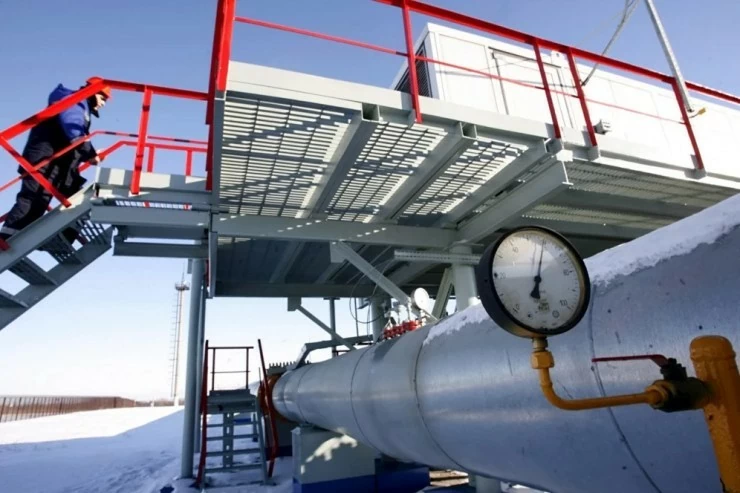 |
| The Sudzha gas metering station is located near the Russia-Ukraine border. (Source: Novaya Gazeta Europe) |
In February 2022, Russia launched a special military operation in Ukraine. Soon after, a series of Western sanctions "landed" on Moscow. However, to this day, Russian gas continues to flow to the continent.
Even as Ukraine continues its offensive in Russia's Kursk region - where a gas metering station is located in the town of Sudzha - the flow of gas from Moscow to Kiev has not slowed down and many are wondering why?
The town of Sudzha is important because natural gas flows through here from western Siberia, then through Ukraine and into European Union (EU) countries such as Austria, Hungary and Slovakia.
According to the Ukrainian gas transmission system operator, 42.4 million cubic meters of gas were scheduled to pass through Sudzha on August 13. This figure is close to the average of the past 30 days.
Before the special military operation, Kiev and Moscow agreed in 2019 on a five-year deal under which Russia agreed to send a certain amount of gas through Ukraine's pipeline system - built when both countries were part of the Soviet Union - to Europe.
Under the contract, Russia's state energy company Gazprom makes money from the gas and Ukraine collects transit fees.
The agreement is set to expire at the end of this year and Ukrainian Energy Minister German Galushchenko has said his country has no intention of extending it.
Russia closes gas valve
Before the special military operation, Russia used to supply about 40% of Europe's natural gas, transporting gas through pipelines under the Baltic Sea (Nord Stream), Belarus and Poland, Ukraine and TurkStream under the Black Sea through Türkiye to Bulgaria.
After February 2022, the Kremlin cut off most supplies via the Baltic and Belarus-Poland pipelines, citing disputes over payment in rubles.
By September 2022, Nord Stream had been sabotaged and the culprit has yet to be found.
Most recently, the Wall Street Journal (USA) revealed that Ukrainian President Volodymyr Zelensky himself approved the plan to sabotage the Nord Stream gas pipeline.
The Wall Street Journal reported that Ukrainian officials began discussing the possibility of blowing up the gas pipeline in May 2022. Businessmen in the country agreed to finance the plan, which involved several divers and a woman who was disguised as a yacht voyaging.
However, Kiev denied any involvement and blamed Russia.
Instead, Moscow claims Washington orchestrated the attacks – something the world's largest economy denies.
Russia’s shutdown of gas flows has caused an energy crisis in Europe. Germany, Europe’s largest economy, has spent billions of euros building floating terminals to import liquefied natural gas (LNG) from the US and Norway.
Not only that, people are forced to "tighten their belts" when gas prices rise.
Faced with this situation, Europe has outlined a plan to completely eliminate Russian gas imports by 2027.
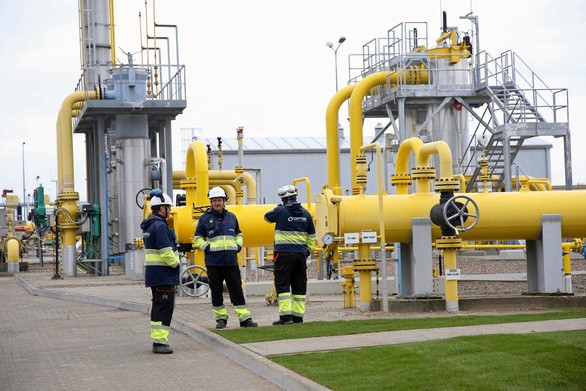 |
| The EU has set out a plan to completely end fossil fuel imports from Moscow by 2027, but recent progress has been uneven among member states. (Source: Reuters |
Europe cannot "divorce" Russian gas
However, Europe has never banned Russian gas outright – even though the money Moscow earns from it supports the Kremlin's budget, drives up the rouble and funds special operations.
This is a testament to how dependent Europe is on Russian energy, albeit to a lesser extent.
By 2023, about 3% of Europe's gas imports will flow through Sudzha.
If Ukraine terminates its gas transit contract with Russia, Europe will still be concerned about energy supplies because this is an energy importer that is still suffering from an inflationary surge due to high energy prices.
The Sudzha Stream is important for Austria, Slovakia and Hungary, which will have to arrange new supplies.
| "Russian gas is being routed through Azerbaijan and Turkey to meet Europe's ever-increasing demand" - Armida van Rijd, senior fellow at the Royal Institute of International Affairs in London (UK) |
The EU has set out plans to completely end fossil fuel imports from Moscow by 2027, but recent progress has been uneven among member states.
Specifically, Austria has increased its gas imports from Russia from 80% to 98% in the past two years. While Italy has cut direct imports, it still receives gas originating from Russia through Austria.
In addition, Russian LNG accounted for 6% of EU imports last year.
In the first half of this year, trade data shows, LNG shipments to France doubled, while EU members Romania and Hungary signed gas deals with Türkiye, which imports gas from Russia.
Armida van Rijd, senior fellow at the Royal Institute of International Affairs in London, said: "Russian gas is being routed through Azerbaijan and Türkiye to meet Europe's ever-increasing demand."
She added that Europe's efforts to reduce its use of Russian gas have been impressive so far but "the reality is that it is very difficult for European countries to fully diversify their energy supplies".
The EU has become more determined.
However, Europe is prepared. The European Commission has announced that it has alternative gas supplies.
Austria, for example, can import from Italy and Germany, and its energy companies have announced that they have taken precautions against a possible interruption of Russian gas supplies.
Meanwhile, Hungary relies on Russian gas but via a different route: the TurkStream gas pipeline while Slovenia gets gas from Algeria and other sources.
An adviser to the Azerbaijani president also revealed that the 27-member bloc and Kiev have asked Azerbaijan to facilitate discussions with Russia on a gas transit deal. The EU has been working to diversify its gas imports and signed a deal to double gas imports from Azerbaijan to at least 20 billion cubic meters per year by 2027.
The EU recently agreed to impose a new set of sanctions on Moscow – the first targeting LNG supplies after several delays in adopting the measures.
The 27-member bloc estimates that between 4 and 6 billion cubic metres of Russian LNG were shipped to third countries via EU ports last year. Russia is suspected of operating a fleet of up to 400 vessels to evade sanctions and secure huge energy revenues to help sustain the war.
The EU's targeting of Russian LNG shows that the 27-member bloc has become more aggressive - even though Moscow's gas remains important to the bloc's economy.
Source: https://baoquocte.vn/chau-au-mac-suc-trung-phat-khi-dot-nga-van-hap-dan-vi-sao-vay-eu-lan-dau-lam-dieu-nay-283077.html


![[Photo] Relatives of victims of the earthquake in Myanmar were moved and grateful to the rescue team of the Vietnamese Ministry of National Defense.](https://vstatic.vietnam.vn/vietnam/resource/IMAGE/2025/4/2/aa6a37e9b59543dfb0ddc7f44162a7a7)



![[Photo] Third meeting of the Organizing Subcommittee serving the 14th National Party Congress](https://vstatic.vietnam.vn/vietnam/resource/IMAGE/2025/4/2/3f342a185e714df58aad8c0fc08e4af2)
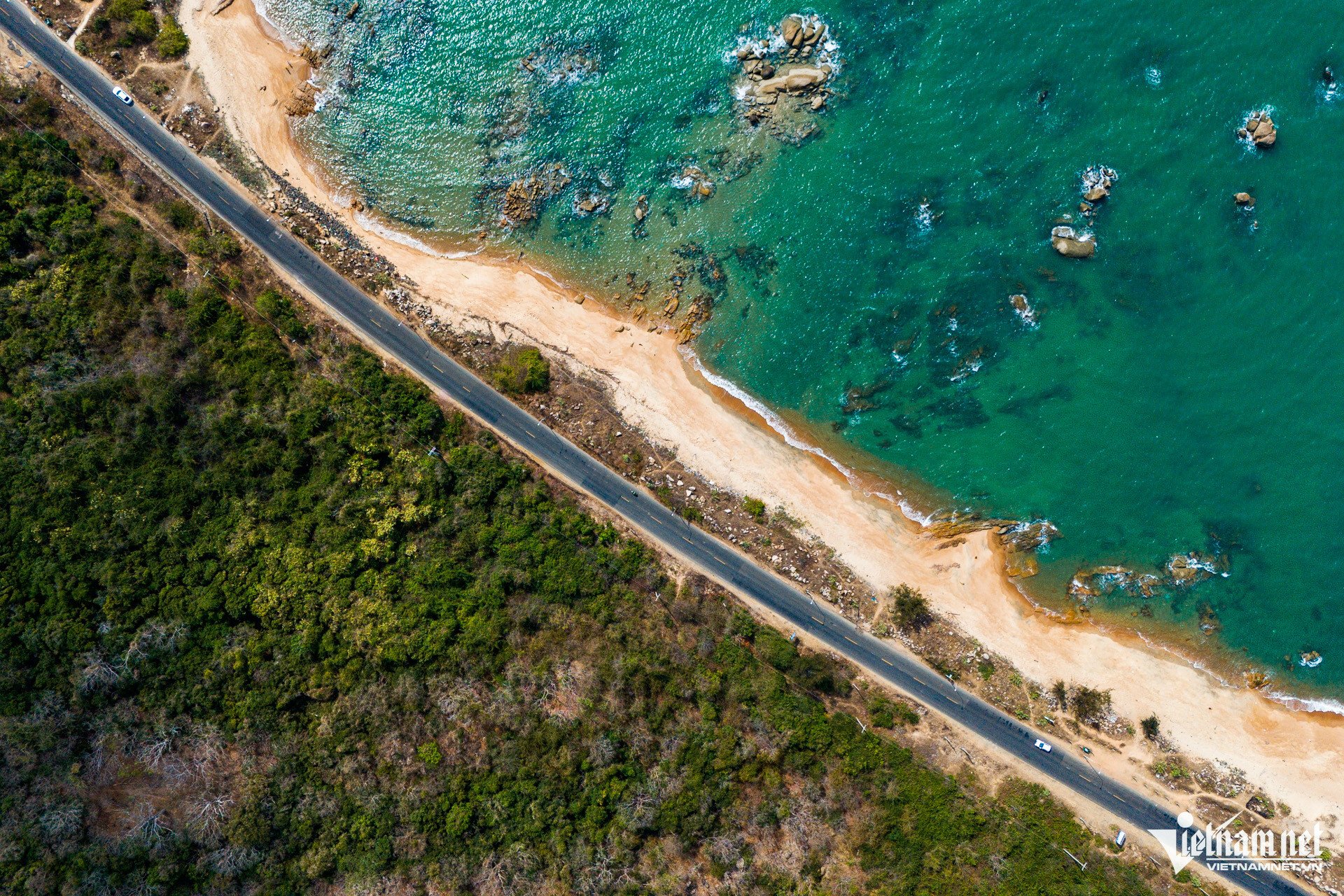

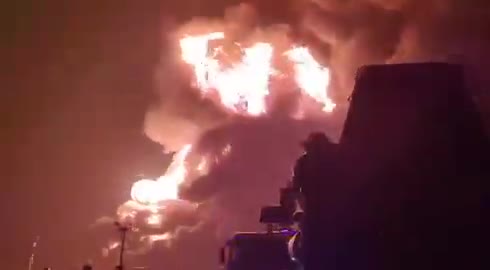


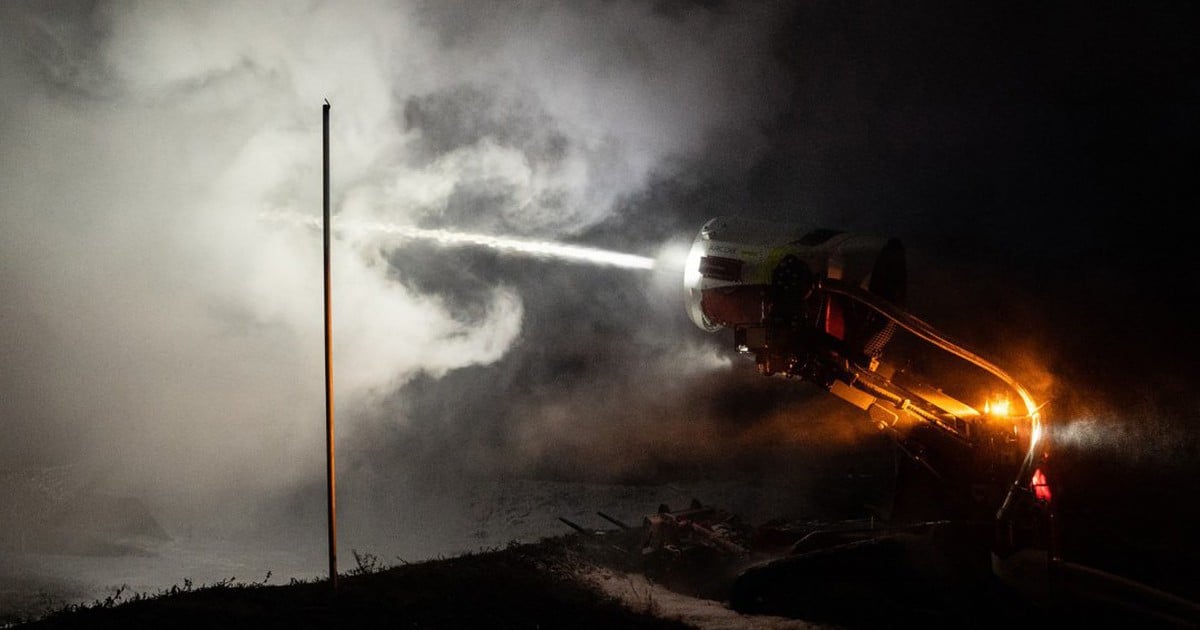

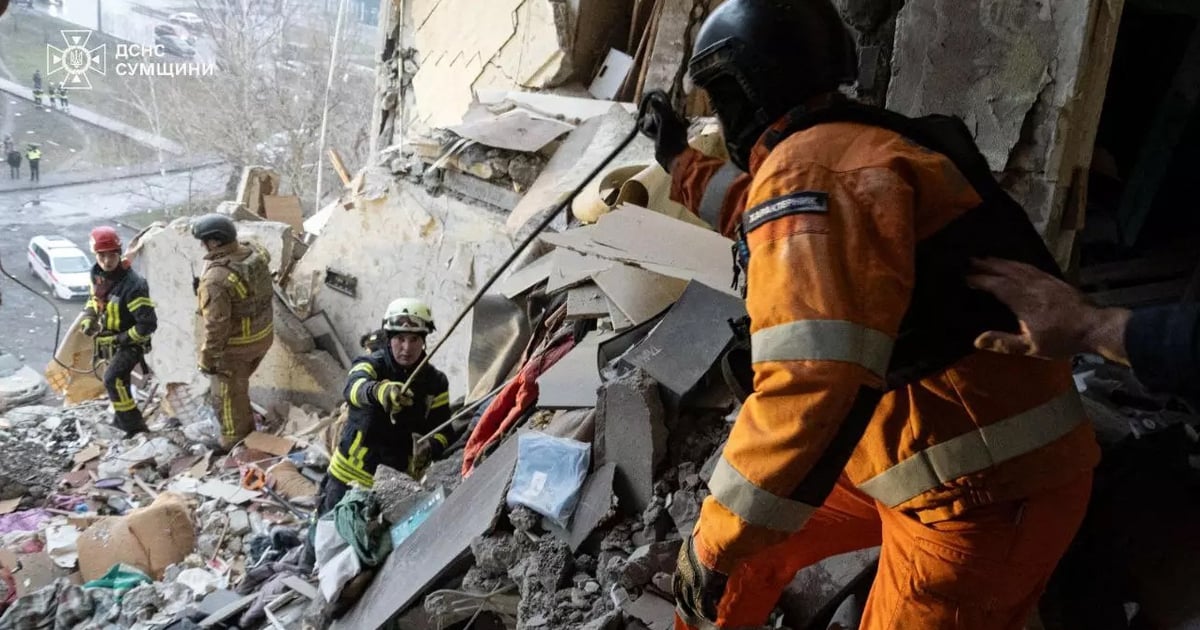
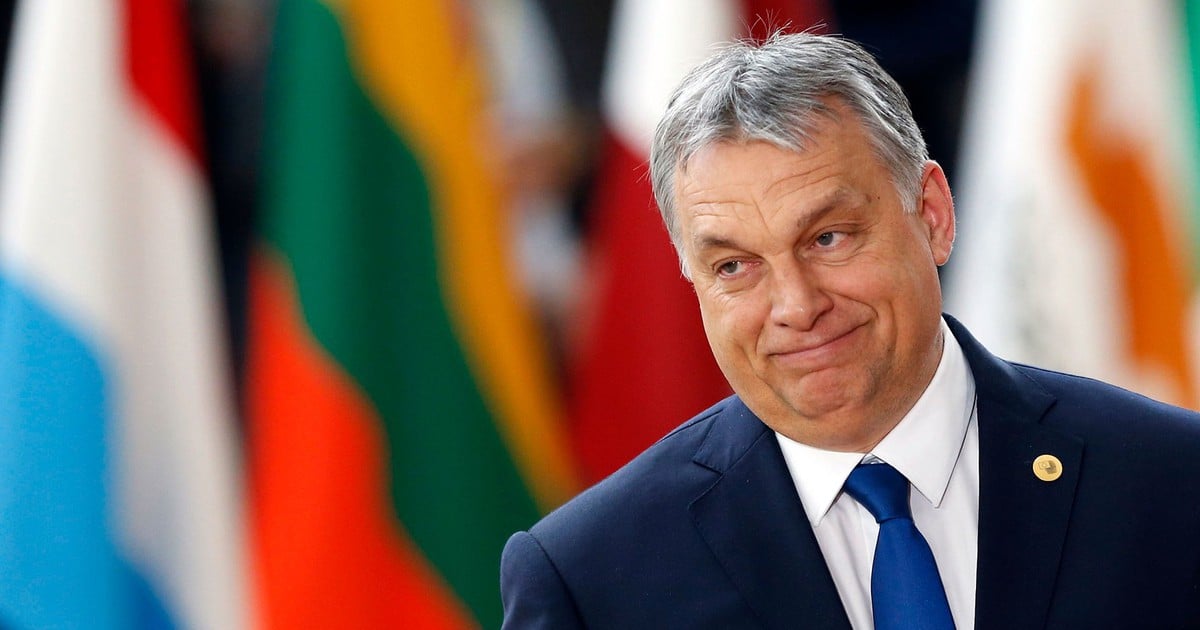

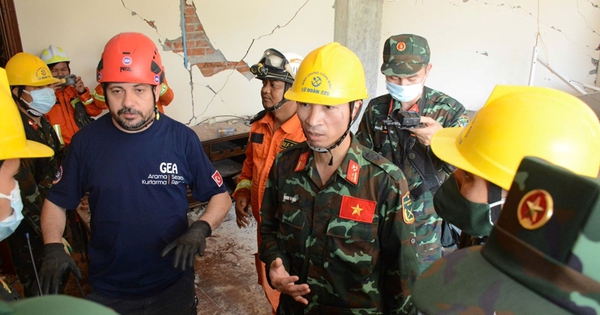








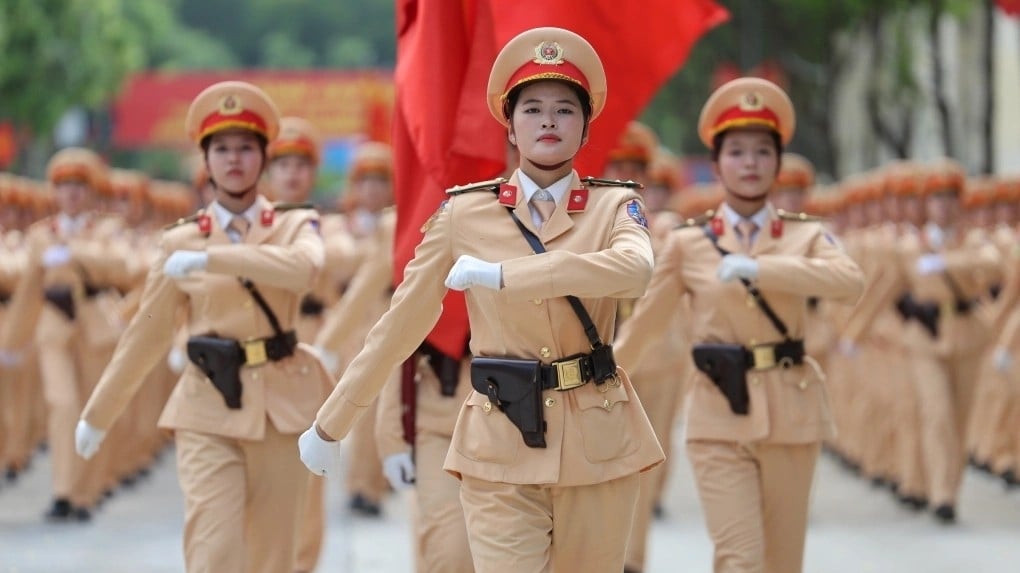

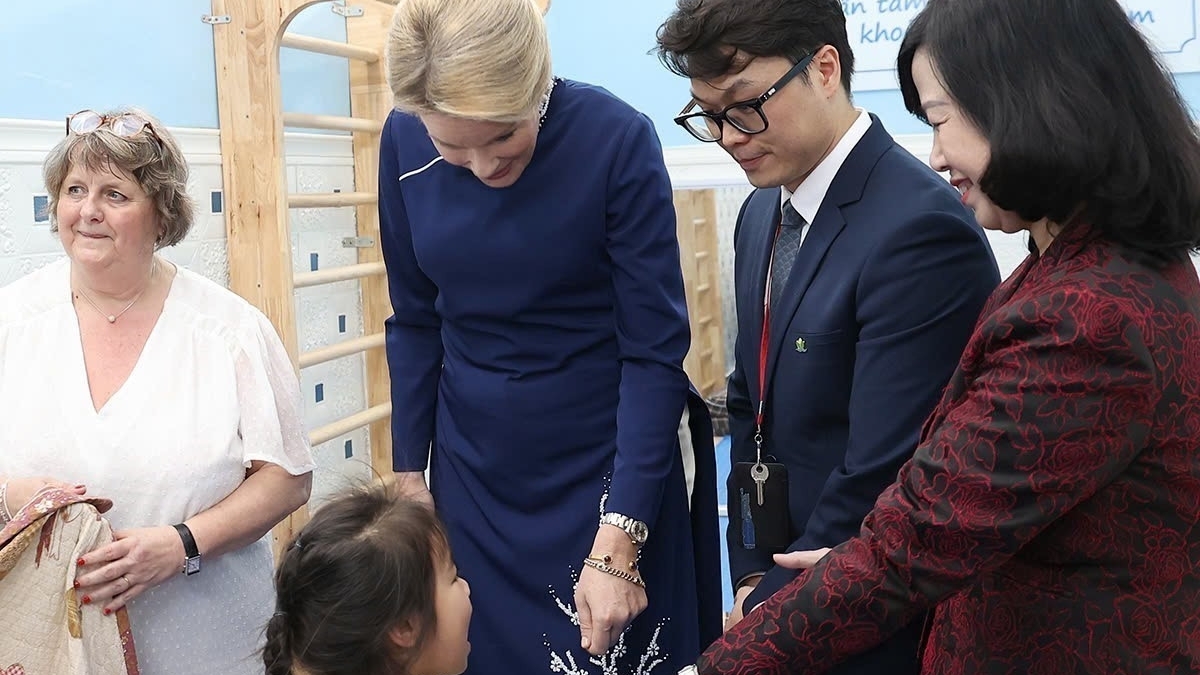







































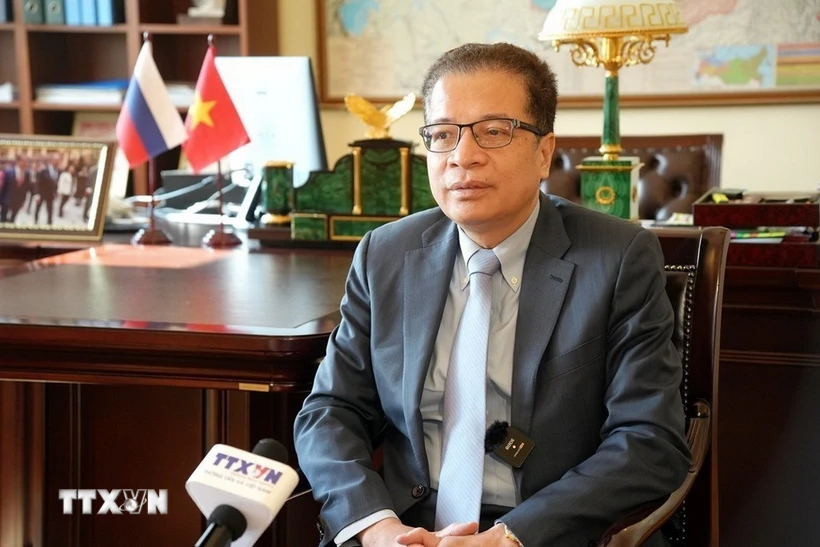






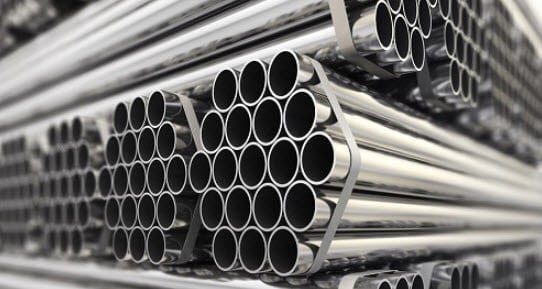

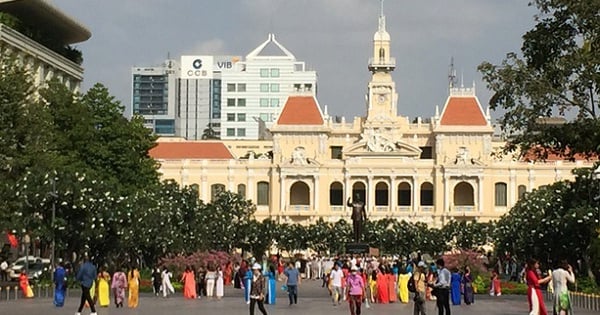






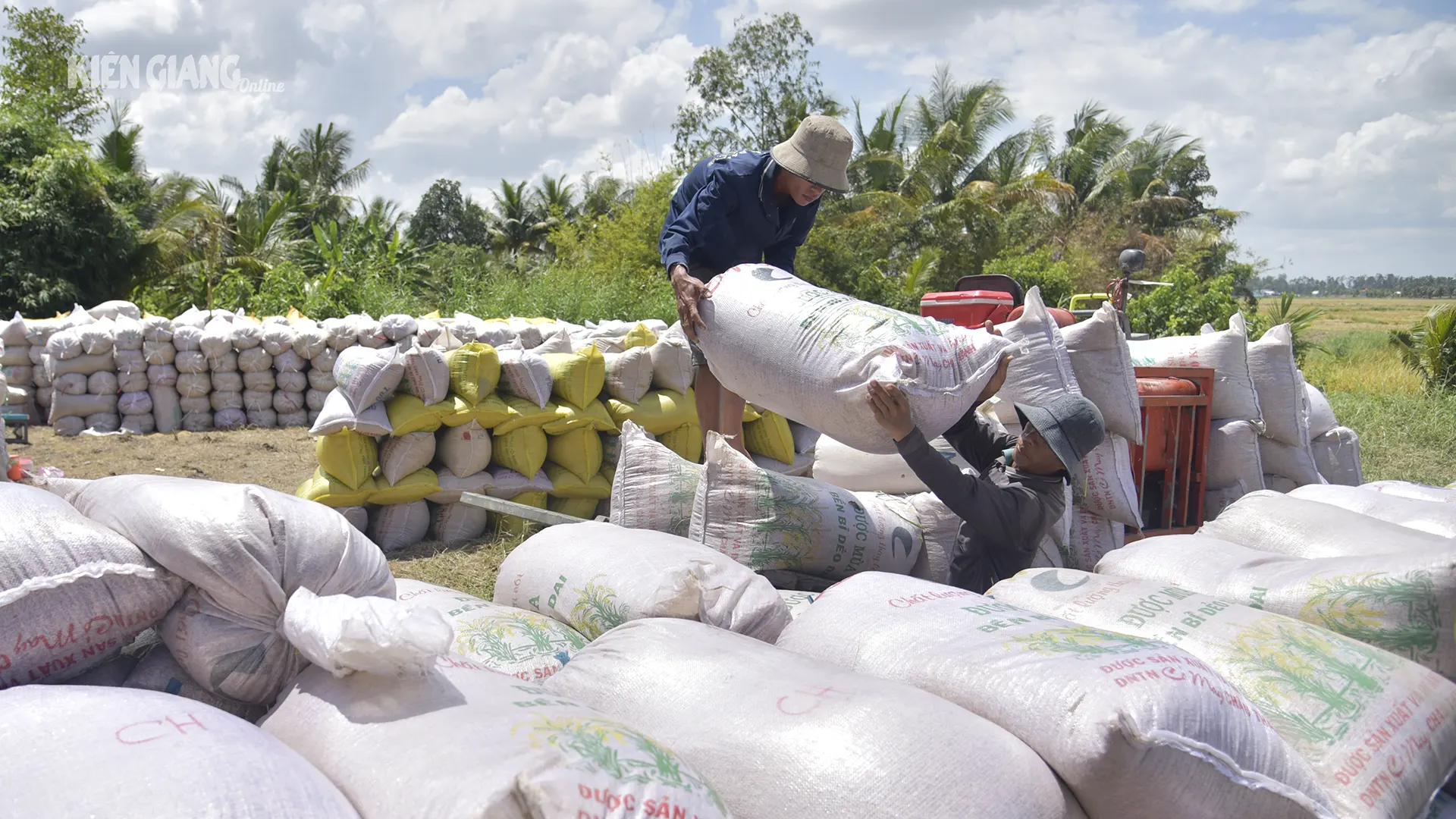
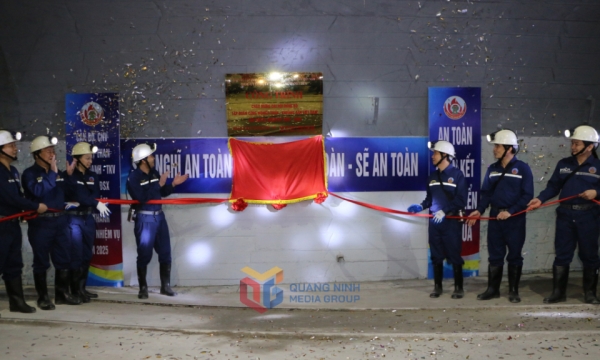

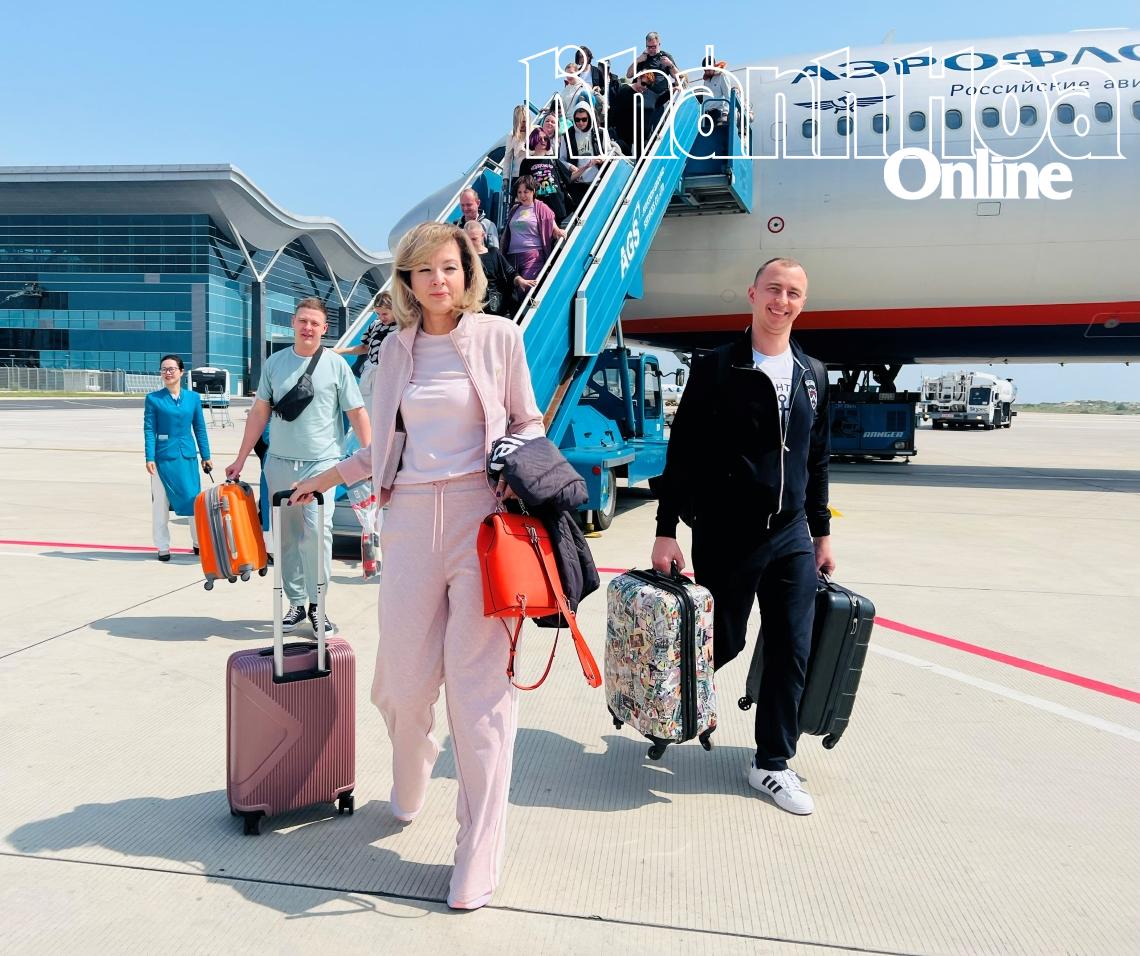












Comment (0)